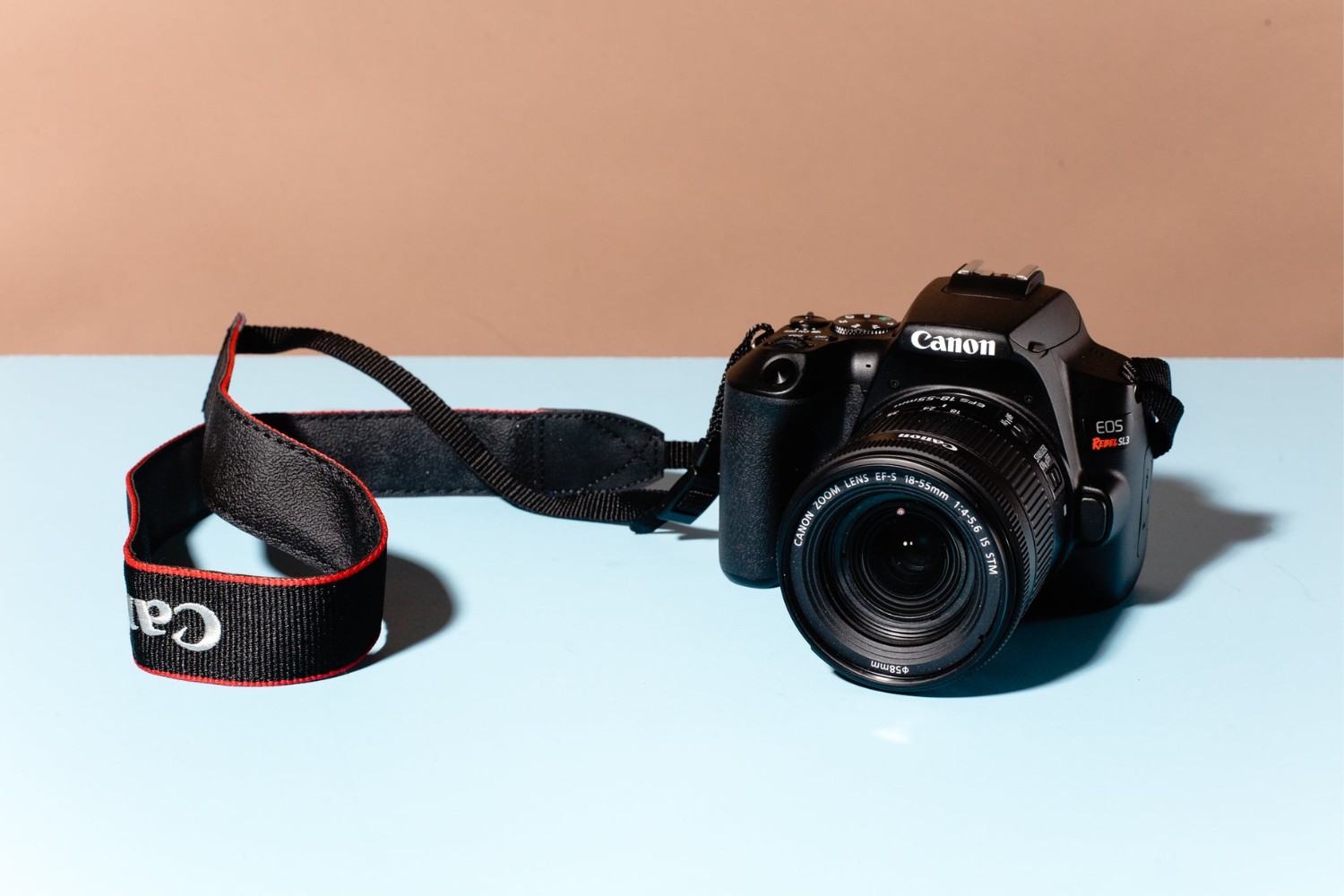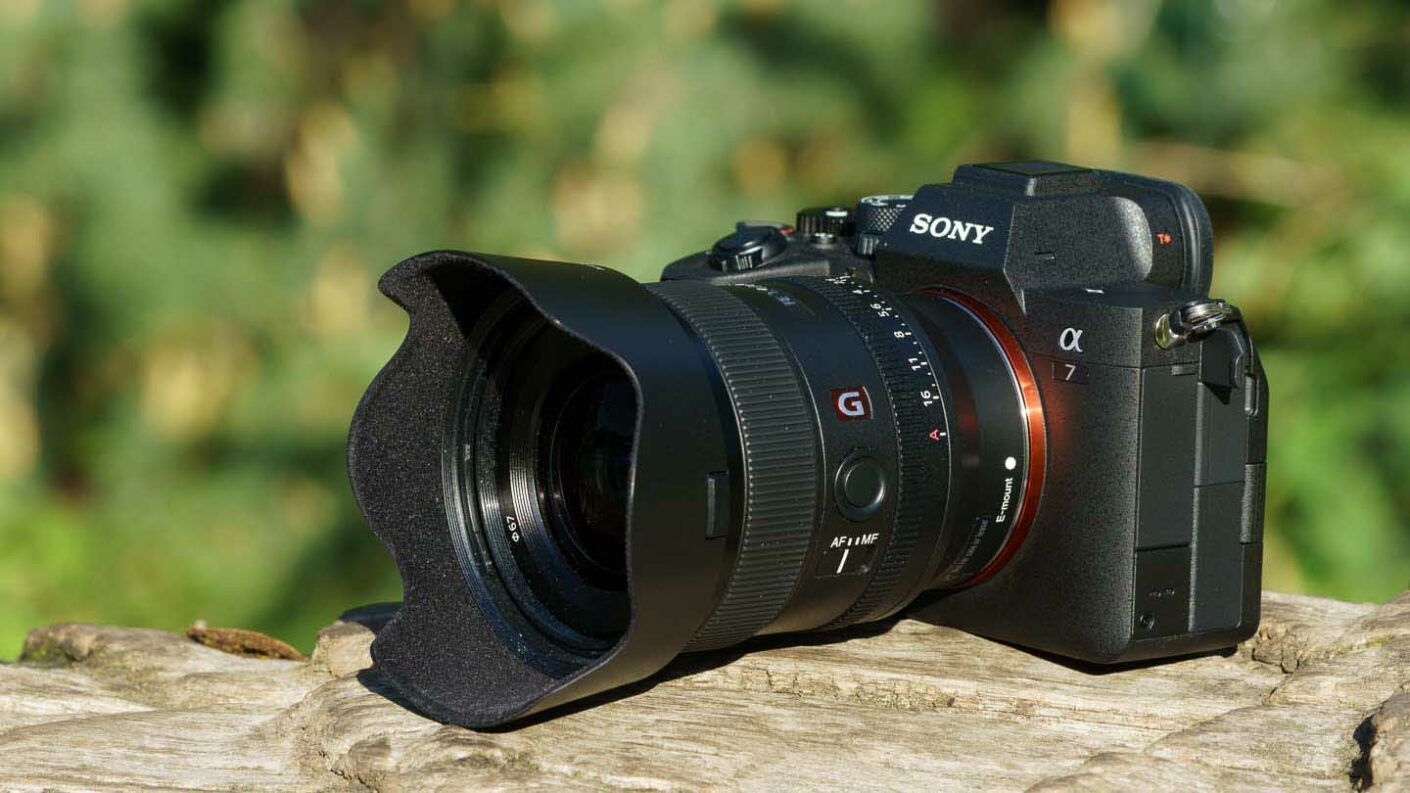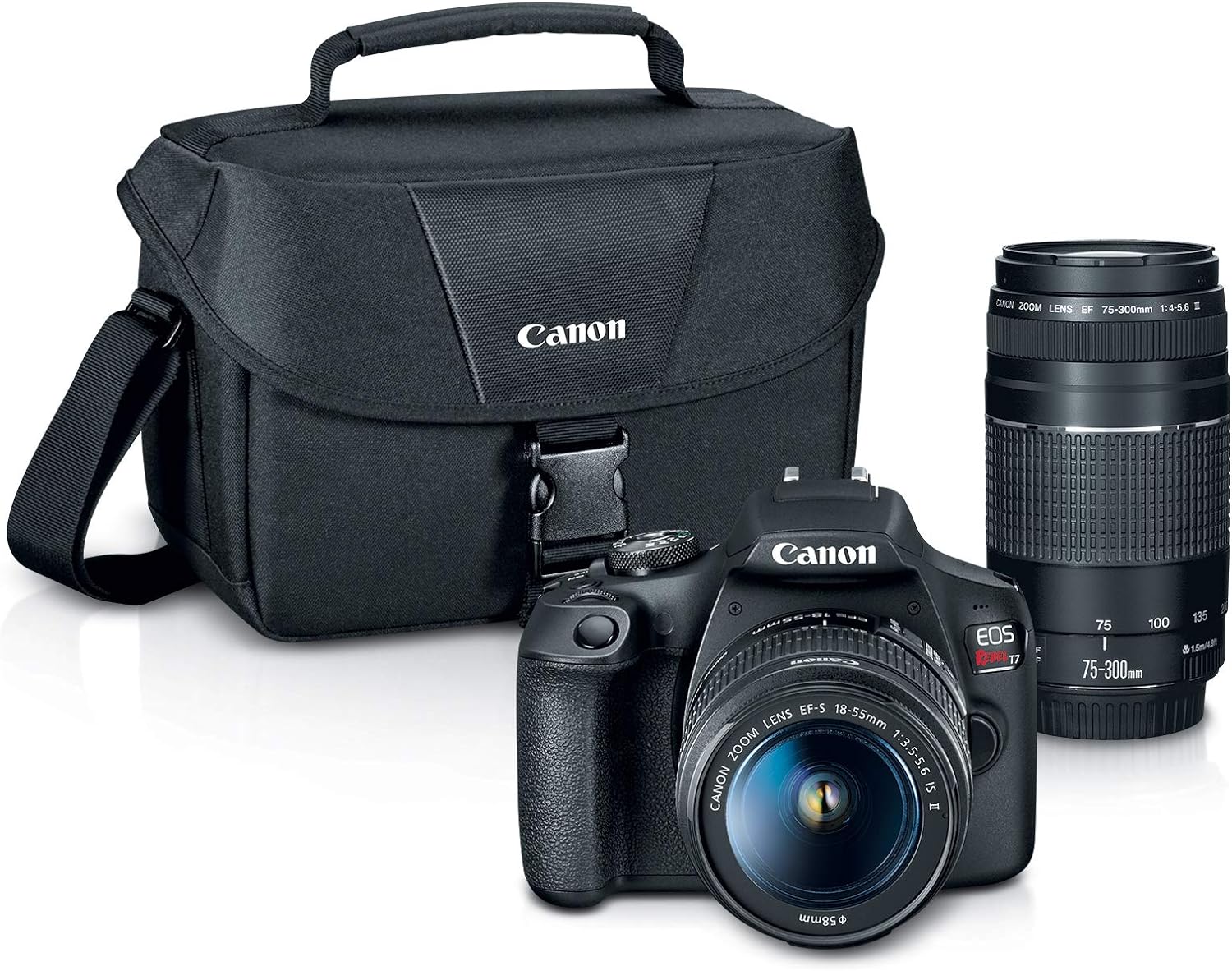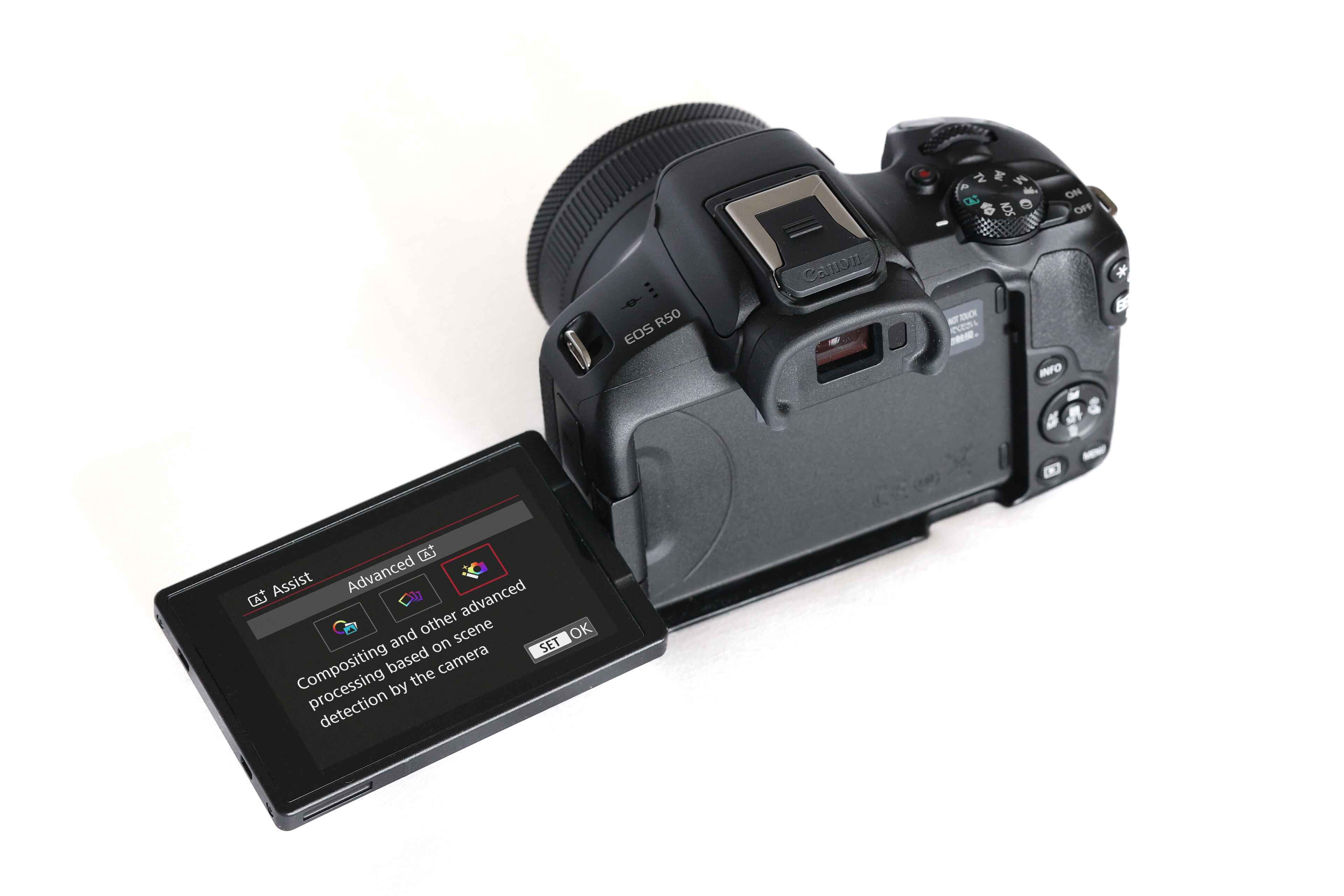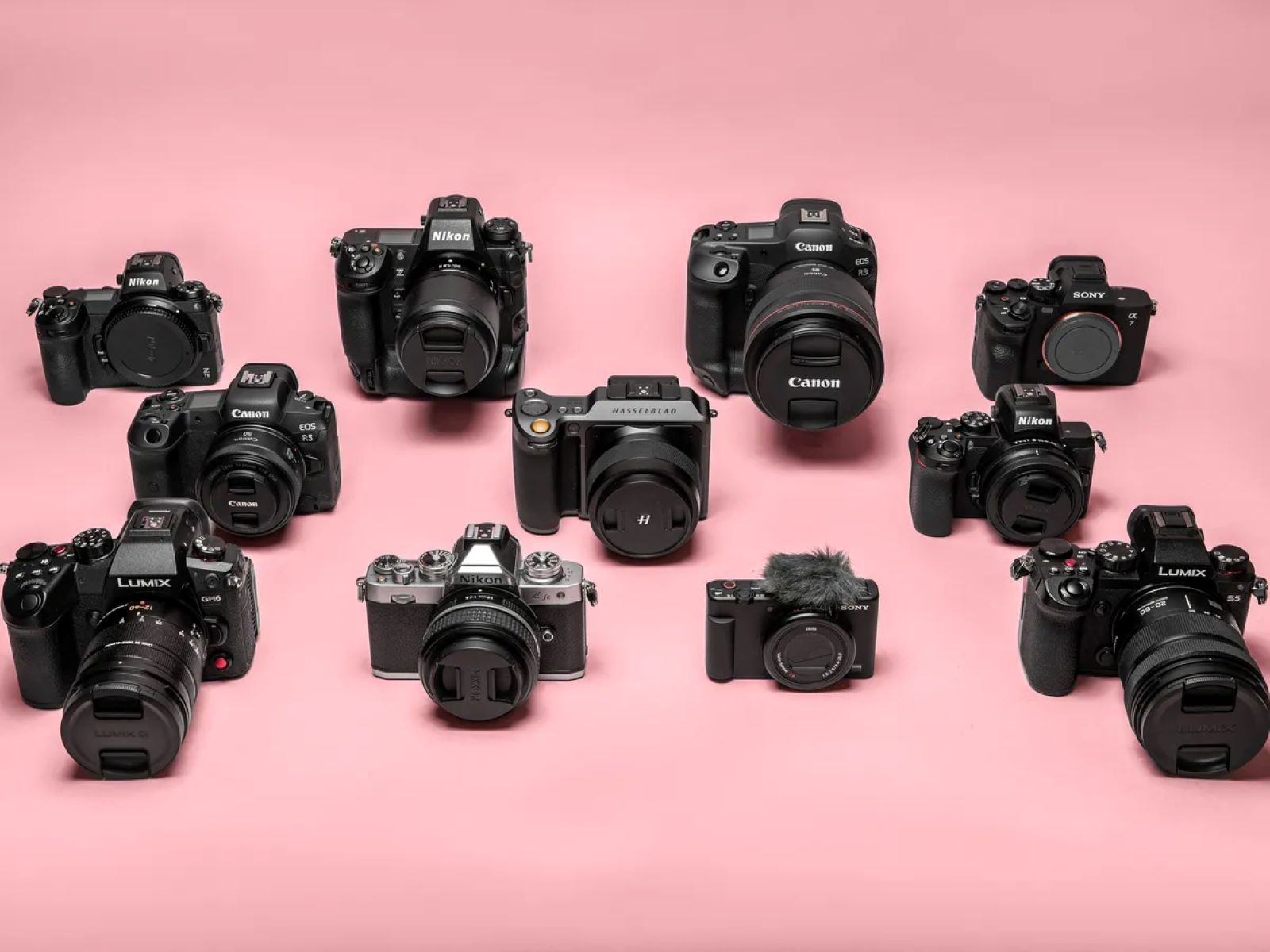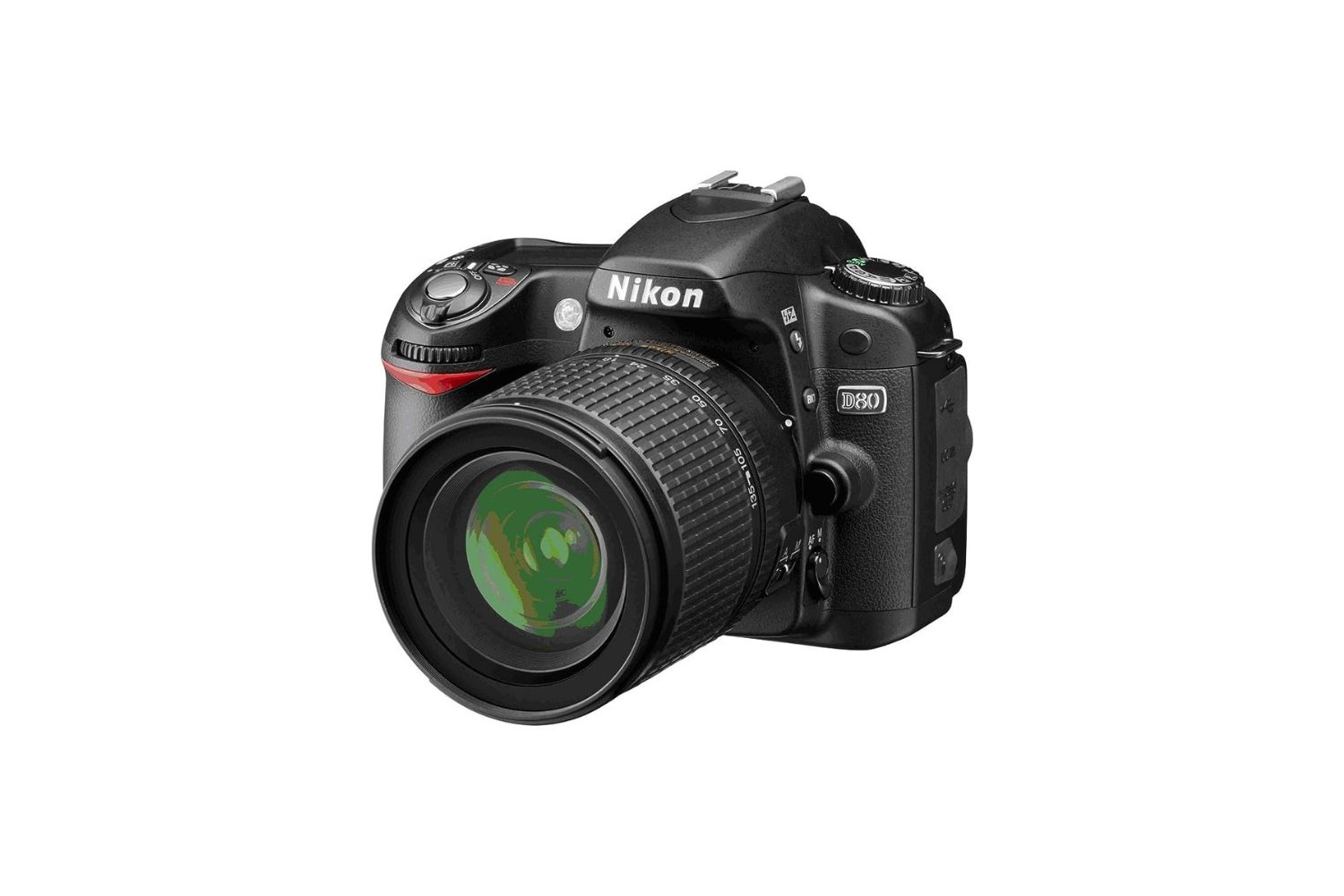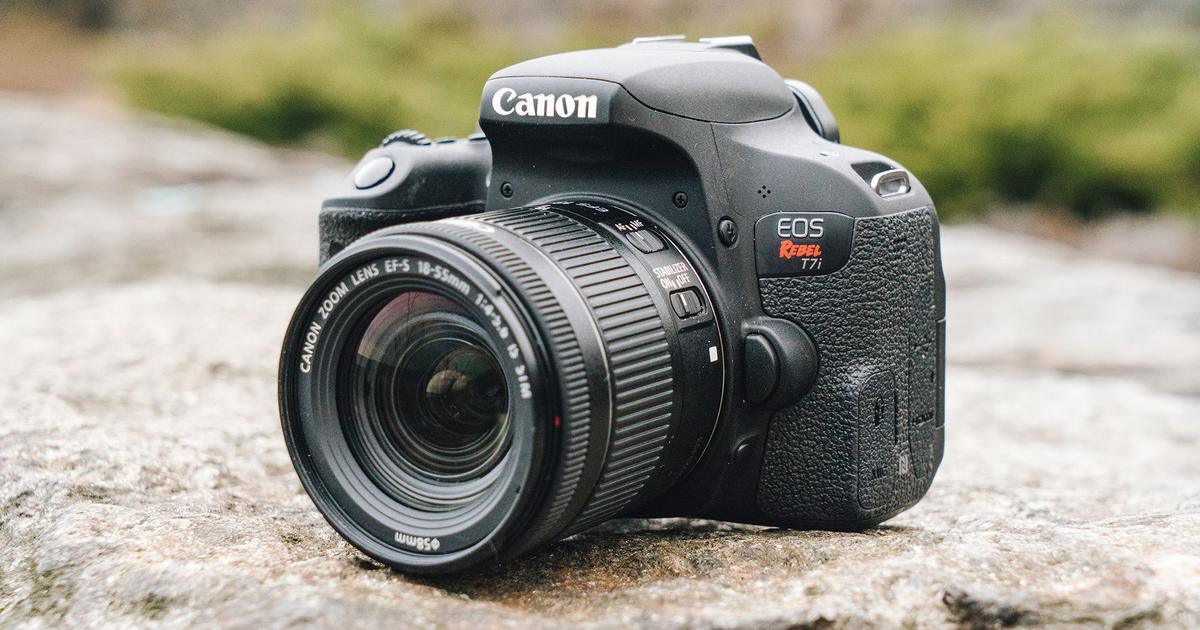Introduction
So, you've just bought your first DSLR camera, and you're excited to start capturing stunning images. Congratulations! A DSLR (Digital Single-Lens Reflex) camera is a powerful tool that allows you to unleash your creativity and capture high-quality photographs. However, if you're new to the world of DSLR photography, the array of buttons, dials, and settings can be daunting at first. Fear not! This guide is here to help you navigate the exciting journey of using a DSLR camera for beginners.
Whether you're an aspiring photographer, a hobbyist, or a curious enthusiast, understanding the fundamentals of using a DSLR camera is the first step toward capturing breathtaking images. In this comprehensive guide, we'll explore everything from mastering manual mode and selecting the right lenses to understanding composition, lighting, and post-processing techniques.
By the end of this guide, you'll have the knowledge and confidence to take your photography skills to the next level. So, grab your DSLR camera, and let's embark on this enlightening and rewarding adventure together. Get ready to unlock the full potential of your camera and unleash your inner creativity as we delve into the world of DSLR photography. Let's dive in and discover the magic of capturing unforgettable moments through the lens of a DSLR camera.
Understanding the Basics of a DSLR Camera
Before delving into the intricacies of DSLR photography, it’s essential to grasp the fundamental components and functionalities of your camera. A DSLR camera comprises a body, a lens, and a mirror mechanism that reflects light into the optical viewfinder. Understanding these basic elements sets the stage for harnessing the full potential of your camera.
One of the distinguishing features of a DSLR camera is its interchangeable lens system, which allows you to select the most suitable lens for a specific shooting scenario. Additionally, the camera’s sensor size, measured in megapixels, determines the image resolution and quality. Familiarizing yourself with these technical aspects empowers you to make informed decisions when capturing images.
Furthermore, comprehending the camera’s various shooting modes, such as Auto, Program, Aperture Priority, Shutter Priority, and Manual, is crucial for achieving desired photographic results. Each mode offers distinct advantages, enabling you to exercise creative control over exposure, depth of field, and motion blur. By mastering these modes, you can tailor your photography to suit diverse subjects and lighting conditions.
Understanding the significance of settings like ISO, aperture, and shutter speed is pivotal in manipulating exposure, achieving desired effects, and adapting to different environments. These settings influence the amount of light entering the camera, the depth of field, and the ability to freeze or blur motion. Proficiency in adjusting these parameters empowers you to capture images with precision and artistic flair.
Moreover, familiarizing yourself with the camera’s autofocus system, white balance settings, and metering modes enhances your ability to produce sharp, well-balanced, and visually compelling photographs. These features play a vital role in ensuring accurate focus, color accuracy, and exposure metering, thereby elevating the overall quality of your images.
By gaining a firm grasp of the basic components, shooting modes, and essential settings of a DSLR camera, you lay a solid foundation for honing your photography skills and unleashing your creative vision. Embrace the learning process, experiment with different settings, and embrace the endless possibilities that your DSLR camera offers.
Mastering Manual Mode
While DSLR cameras offer a range of automatic and semi-automatic shooting modes, mastering manual mode empowers you to take complete control of your photography. Manual mode provides the freedom to adjust the camera’s settings, including aperture, shutter speed, and ISO, allowing you to fine-tune each parameter to achieve the desired exposure and creative effects.
When using manual mode, understanding the exposure triangle – the relationship between aperture, shutter speed, and ISO – is paramount. Aperture controls the amount of light entering the lens, while also influencing the depth of field, which determines the sharpness of the foreground and background in an image. Shutter speed dictates the duration of light exposure, enabling you to freeze fast-moving subjects or create captivating motion blur effects. Additionally, ISO determines the camera’s sensitivity to light, with higher ISO settings being ideal for low-light conditions but potentially introducing digital noise into the image.
Mastering manual mode allows you to tailor each setting to suit the specific requirements of a scene, whether it’s capturing a fast-paced sporting event, a serene landscape bathed in natural light, or a low-light indoor setting. By adjusting these parameters manually, you can achieve precise exposure, manipulate depth of field, and capture dynamic motion, thereby infusing your images with a personal touch and creative vision.
Furthermore, manual mode encourages a deeper understanding of light and exposure, fostering a more intuitive and informed approach to photography. It prompts you to observe and assess the available light, consider the interplay of shadows and highlights, and make calculated adjustments to achieve the desired tonal range and mood in your photographs.
Embracing manual mode also opens the door to experimentation and artistic expression. By taking control of the exposure settings, you can explore unconventional techniques, such as long exposures for capturing mesmerizing light trails or deliberate underexposure for creating dramatic silhouettes. This creative freedom enables you to transcend technical constraints and imbue your images with emotion, narrative, and visual impact.
Ultimately, mastering manual mode empowers you to elevate your photography to new heights, fostering a deeper connection with your camera and a more profound appreciation for the art of image-making. Embrace the challenge, embrace the freedom, and embrace the endless possibilities that manual mode offers as you embark on your photographic journey.
Exploring Different Lenses
Understanding the diverse range of lenses available for DSLR cameras is essential for expanding your creative horizons and capturing a wide array of subjects with precision and artistry. Each type of lens offers unique characteristics and advantages, making it crucial to explore and comprehend their individual capabilities.
One of the most common lenses is the standard zoom lens, typically covering a focal length range from wide-angle to moderate telephoto. This versatile lens is well-suited for everyday shooting, making it an ideal choice for capturing landscapes, portraits, group shots, and a variety of other subjects. Its flexibility and convenience make it a valuable addition to any photographer’s toolkit.
For photographers keen on capturing distant subjects or achieving dramatic perspectives, a telephoto lens is indispensable. With its longer focal length, a telephoto lens brings distant subjects closer, making it ideal for wildlife photography, sports events, and capturing details from a distance. Additionally, it enables the compression of perspective, resulting in visually striking images with a shallow depth of field.
Conversely, wide-angle lenses excel at encompassing expansive scenes, making them ideal for landscape photography, architecture, and interior shots. Their broad perspective and ability to emphasize foreground elements create captivating compositions, while their inherent distortion can be creatively utilized to add dynamism to images.
Prime lenses, with a fixed focal length, are favored for their exceptional optical quality, wider apertures, and superior low-light performance. These lenses are prized for their ability to produce tack-sharp images with beautiful background blur, making them ideal for portraiture, street photography, and low-light shooting scenarios.
Macro lenses, designed for capturing intricate details at close range, are essential for macro photography, including capturing the delicate beauty of flowers, insects, and other small subjects. Their ability to reproduce subjects at life-size magnification enables photographers to explore a fascinating world of textures, patterns, and minute details.
By familiarizing yourself with the characteristics and applications of different lenses, you gain the insight to select the most suitable lens for each photographic opportunity, enhancing your ability to convey your artistic vision and capture stunning, impactful images. Embrace the diversity of lenses, experiment with their unique qualities, and unlock the full potential of your DSLR camera through the art of lens selection.
Understanding Composition and Framing
Composition and framing are pivotal elements in photography, shaping the visual narrative and evoking emotional responses from viewers. Mastering the art of composition empowers you to create compelling, well-balanced, and visually engaging images that resonate with your audience.
One of the fundamental principles of composition is the rule of thirds, which involves dividing the frame into a 3×3 grid and strategically placing key elements along the gridlines or at their intersections. This technique creates a sense of balance and visual interest, guiding the viewer’s gaze and adding dynamism to the composition.
Furthermore, understanding the concept of leading lines enables you to use natural or man-made lines within a scene to direct the viewer’s attention toward the main subject. Whether it’s a winding road, a meandering river, or converging architectural elements, leading lines add depth and guide the viewer’s exploration of the image.
Additionally, mastering the use of framing within the composition allows you to incorporate elements in the foreground to create a sense of depth and context. Framing can be achieved through natural elements such as overhanging branches, archways, or windows, drawing the viewer’s focus toward the main subject while adding visual interest and depth to the image.
Understanding the concept of negative space is equally important in composition, as it allows for the deliberate inclusion of empty areas within the frame to emphasize the main subject, evoke a sense of tranquility, or create a minimalist aesthetic. Skillful use of negative space can evoke powerful emotions and draw attention to the essential elements within an image.
Moreover, exploring the golden ratio, a mathematical concept that manifests in nature and art, can enhance the visual harmony and aesthetic appeal of your compositions. By leveraging the golden ratio, also known as the golden spiral, you can create visually captivating images with a natural flow and balanced proportions.
By honing your understanding of composition and framing, you gain the ability to orchestrate scenes, manipulate visual elements, and convey your intended message with clarity and impact. Embrace the art of composition, experiment with different techniques, and let your creativity flourish as you craft visually compelling and emotionally resonant images through the lens of your DSLR camera.
Learning About Lighting
Lighting is a cornerstone of photography, profoundly influencing the mood, atmosphere, and visual impact of an image. Understanding the interplay of light and shadow is essential for harnessing the full potential of your DSLR camera and capturing evocative, well-lit photographs.
Natural light, encompassing the soft, diffused illumination of overcast days and the warm, dramatic glow of golden hour, is a versatile and captivating light source. By observing and interpreting the nuances of natural light, you can harness its transformative power to imbue your images with depth, texture, and a captivating interplay of highlights and shadows.
Conversely, artificial light, including studio lighting, flash photography, and continuous lighting, offers precise control over the intensity, direction, and quality of light. Mastering artificial light empowers you to create studio-quality portraits, product shots, and still-life compositions, enabling you to sculpt and manipulate light to suit your creative vision.
Understanding the concept of light quality, encompassing factors such as soft light, hard light, and diffused light, enables you to adapt to various lighting conditions and achieve the desired visual effects. Soft, diffused light minimizes harsh shadows and creates a flattering, even illumination, while hard light accentuates textures and shapes, adding drama and visual interest to the scene.
Furthermore, comprehending the impact of light direction – whether it’s front lighting, side lighting, back lighting, or a combination thereof – allows you to sculpt the subject, create depth, and evoke a sense of dimension within your images. Each lighting direction imparts a distinct mood and visual impact, empowering you to convey your intended narrative with precision.
Mastering the art of exposure in different lighting situations is crucial for achieving optimal image quality and tonal range. Understanding the interplay of aperture, shutter speed, and ISO in relation to available light enables you to adapt to diverse lighting scenarios, ensuring accurate exposure and preserving the nuances of the scene.
By immersing yourself in the study of lighting, you cultivate a deeper appreciation for the transformative power of light and its pivotal role in photography. Embrace the nuances of natural and artificial light, experiment with different lighting techniques, and let the interplay of light and shadow guide you as you capture captivating, visually compelling images with your DSLR camera.
Tips for Post-Processing
Post-processing is a vital aspect of digital photography, offering a wealth of creative opportunities to enhance, refine, and elevate your images. Whether you’re aiming to achieve a natural, true-to-life look or express your artistic vision through stylized edits, these tips will help you navigate the realm of post-processing with confidence and finesse.
1. Shoot in RAW: When capturing images with your DSLR camera, opt for the RAW file format to retain maximum image data and flexibility during post-processing. RAW files preserve a wider dynamic range and allow for non-destructive adjustments to exposure, white balance, and color, ensuring optimal image quality and creative control.
2. Master White Balance: Understanding and adjusting white balance during post-processing is essential for achieving accurate color representation and setting the desired mood in your images. Whether it’s correcting for incandescent, fluorescent, or natural light, fine-tuning white balance ensures faithful color rendition and visual coherence.
3. Embrace Non-Destructive Editing: Utilize non-destructive editing tools and techniques, such as adjustment layers and smart filters, to preserve the original image integrity while making iterative adjustments. Non-destructive editing allows for seamless experimentation and fine-tuning without compromising the image’s underlying quality.
4. Refine Exposure and Contrast: Fine-tune exposure and contrast to optimize the tonal range and dynamic impact of your images. Adjusting exposure and contrast enhances the visual depth, detail, and overall vibrancy of the photograph, breathing life into the scene and drawing the viewer’s gaze.
5. Harness the Power of Curves: Mastering the curves adjustment tool empowers you to precisely control tonal values, contrast, and color balance within your images. By manipulating the RGB and individual color channels, you can sculpt the overall tonal range and imbue your images with nuanced color harmony and visual impact.
6. Polish with Sharpening and Noise Reduction: Implement selective sharpening to enhance the fine details and textures within your images, ensuring crispness and clarity without introducing artifacts. Additionally, judicious application of noise reduction techniques minimizes digital noise, preserving image quality and smooth tonal transitions, particularly in low-light or high-ISO captures.
7. Embrace Creative Effects: Experiment with creative effects, such as vignetting, split toning, and selective color adjustments, to imbue your images with a distinctive aesthetic and evoke specific emotional responses. Creative effects offer a means of personal expression, allowing you to infuse your images with mood, drama, and visual allure.
By integrating these post-processing tips into your digital workflow, you can elevate your images to new heights, refine your artistic expression, and imbue your photography with a captivating visual allure. Embrace the creative potential of post-processing as a means of realizing your vision and crafting images that resonate with depth, emotion, and visual impact.
Conclusion
Congratulations on embarking on this enlightening journey into the realm of DSLR photography. By delving into the fundamentals of using a DSLR camera, mastering manual mode, exploring diverse lenses, understanding composition and framing, learning about lighting, and embracing post-processing techniques, you have equipped yourself with a wealth of knowledge and practical skills to elevate your photography to new heights.
As you continue to hone your craft and explore the endless possibilities that your DSLR camera offers, remember to embrace experimentation, cultivate a keen eye for detail, and allow your creativity to flourish. Photography is a dynamic and deeply personal art form, offering boundless opportunities for self-expression, storytelling, and visual exploration.
Whether you’re capturing breathtaking landscapes, intimate portraits, vibrant street scenes, or compelling still-life compositions, the knowledge and insights gained from this guide will serve as your compass, guiding you toward capturing unforgettable moments and crafting visually compelling images that resonate with depth and emotion.
As you venture forth, immerse yourself in the beauty of light and shadow, seek out unique perspectives, and let your passion for photography be the driving force behind your creative endeavors. Embrace the challenges, celebrate the triumphs, and allow each captured image to reflect your unique vision and artistic sensibility.
Remember, the art of photography is a lifelong journey of discovery, learning, and growth. Every click of the shutter presents an opportunity to freeze a moment in time, convey a powerful narrative, and evoke an emotional response. Your DSLR camera is not merely a tool, but a gateway to a world of visual storytelling and creative expression.
So, with your newfound knowledge and unwavering enthusiasm, go forth and capture the beauty, the emotion, and the essence of the world around you. Let each frame be a testament to your artistic vision, a reflection of your unique perspective, and a celebration of the art of photography. The canvas is boundless, the possibilities are endless, and the journey is yours to embrace.









